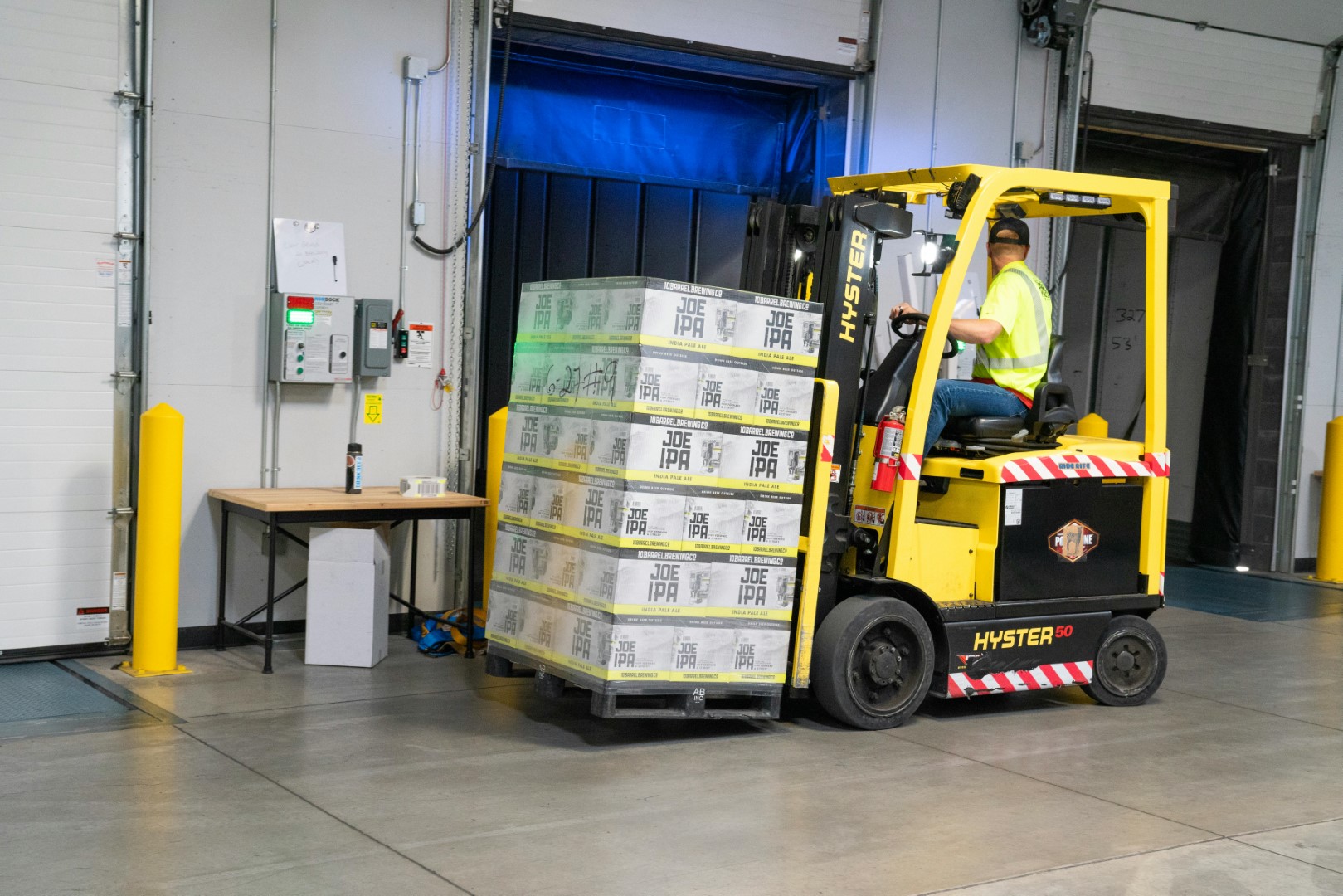Labor’s Superannuation Tax Backflip: What It Means for High-Balance Accounts and Everyday Australians
The Albanese Government has made a dramatic retreat on its controversial superannuation tax reforms, bowing to months of pressure from industry groups, financial planners, and political opponents. Originally pitched as a fairness measure to curb excessive tax concessions for the wealthiest Australians, the plan has now been significantly watered down. Here’s what happened, why it matters, and what it means for you.
The Original Proposal: A Quick Recap
Back in 2023, Labor announced its intention to double the tax rate on earnings for superannuation balances above $3 million—from 15% to 30%. The policy aimed to target just 0.5% of Australians (around 80,000 people) and was expected to raise billions in revenue for public services. However, two design flaws sparked outrage:
- Taxing Unrealised Gains
- The plan included taxing “paper profits”—increases in asset values even if they weren’t sold. For self-managed super funds holding farms, property, or art, this meant paying tax without any cash flow to cover it.
- No Indexation of the $3 Million Threshold
- Without inflation adjustment, more Australians would eventually fall into the tax net—a classic case of bracket creep.
Critics called it unfair, complex, and a liquidity nightmare for SMSFs. Farmers, small business owners, and even former PM Paul Keating voiced concerns.
The Backflip: What’s Changed?
Treasurer Jim Chalmers announced the revised plan on October 13, 2025, describing it as “another way to satisfy the same objectives” while making the system fairer. Key changes include:
- No Tax on Unrealised Gains
- Only realised earnings—such as dividends, interest, or property sales—will be taxed. This removes the most contentious element of the original proposal.
- Indexed Thresholds
- The $3 million cap will now rise with inflation, preventing bracket creep. A new tier has been introduced:
- $3M–$10M: taxed at 30%
- Above $10M: taxed at 40%
- Delayed Start Date
- Implementation pushed back to 1 July 2026 to allow for consultation and system updates.
- Low-Income Boost
- The Low-Income Super Tax Offset (LISTO) will increase from $500 to $810 for workers earning up to $45,000, benefiting 1.3 million Australians—60% of them women.
Why the Backdown?
The government faced mounting criticism over fairness and practicality. Taxing unrealised gains was seen as breaking a fundamental principle of Australia’s tax system. Industry groups warned of liquidity crises and costly compliance burdens. Political pressure from the Coalition, Greens, and independents added to the heat. Even Labor insiders admitted the original design was “ill-conceived.”
Impact on High-Balance Accounts
If you have more than $3 million in super, expect:
- Higher tax on earnings (30% or 40% depending on your balance).
- More complex reporting for SMSFs, though limited to realised gains.
- Potential need to restructure investments to manage tax exposure.
For balances under $3 million, nothing changes—your concessional tax rate remains at 15%.
What About Everyday Australians?
Here’s the reality:
- 99.5% of Australians will not be affected by the higher tax rates.
- The average super balance is $182,000 for men and $146,000 for women.
- Low-income earners will benefit from LISTO changes, potentially adding $15,000 to retirement savings.
Industry Reaction
Financial planners and SMSF advocates welcomed the removal of unrealised gains taxation, calling it “sanity prevailing.” However, some argue the changes don’t go far enough to address inequities in super tax concessions, which cost the budget $60 billion annually. Others fear wealthy Australians will shift assets into family trusts or other tax shelters.
What Should You Do Now?
- Review Your Super Balance: Check your account statements or contact your super fund for clarity.
- Stay Informed: Legislation is expected in 2026, so keep an eye on official government updates and reputable news sources.
- Seek Professional Advice if Needed: For any decisions about tax or investments, speak to a licensed financial adviser or tax professional.
Bottom Line
Labor’s super tax backflip reflects the tension between fairness and practicality in Australia’s retirement system. While the revised plan is less aggressive, it still signals a shift toward targeting excessive concessions. For most Australians, the changes are good news—more support for low-income earners and less risk of being caught in the tax net. For the ultra-wealthy, the message is clear: super is for retirement, not limitless wealth accumulation.
Enjoyed this article?
Get weekly commercial property insights and market updates.
Join 450+ property investors • Unsubscribe anytime



